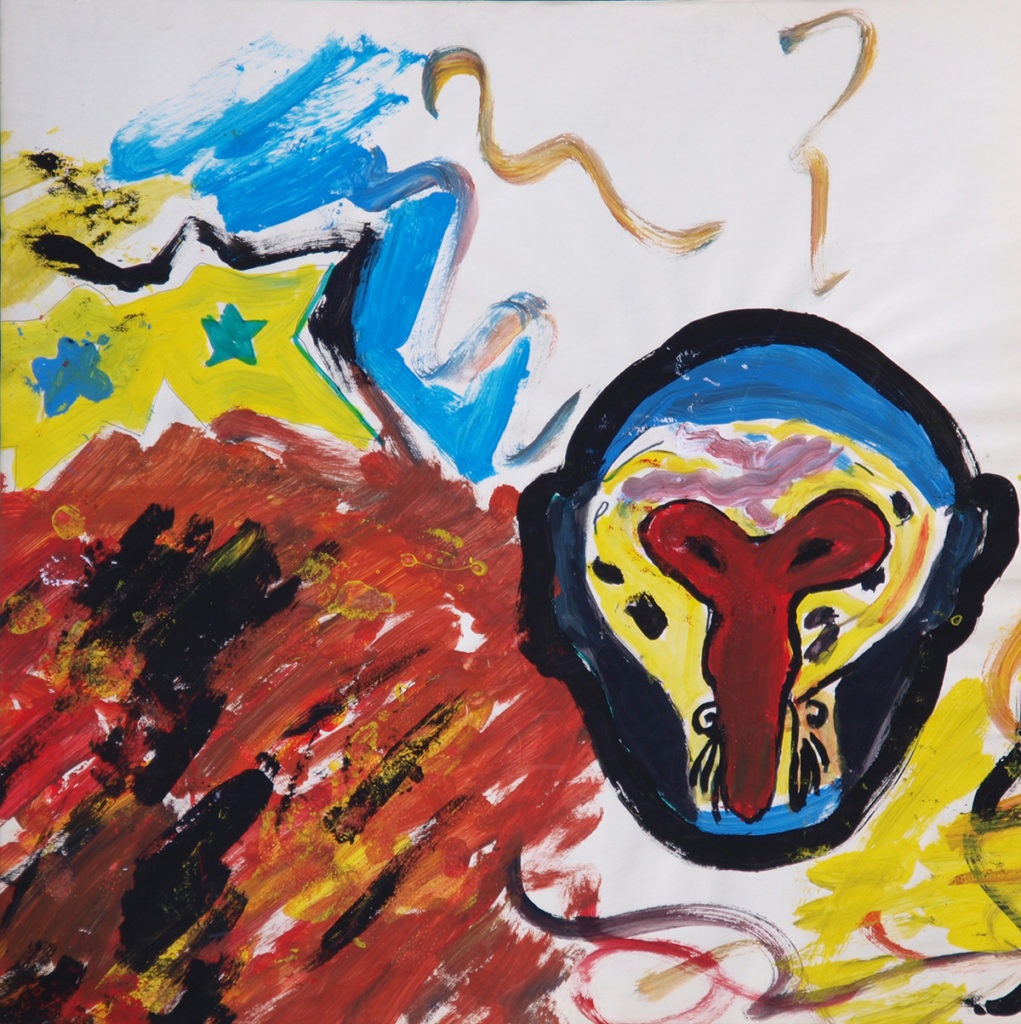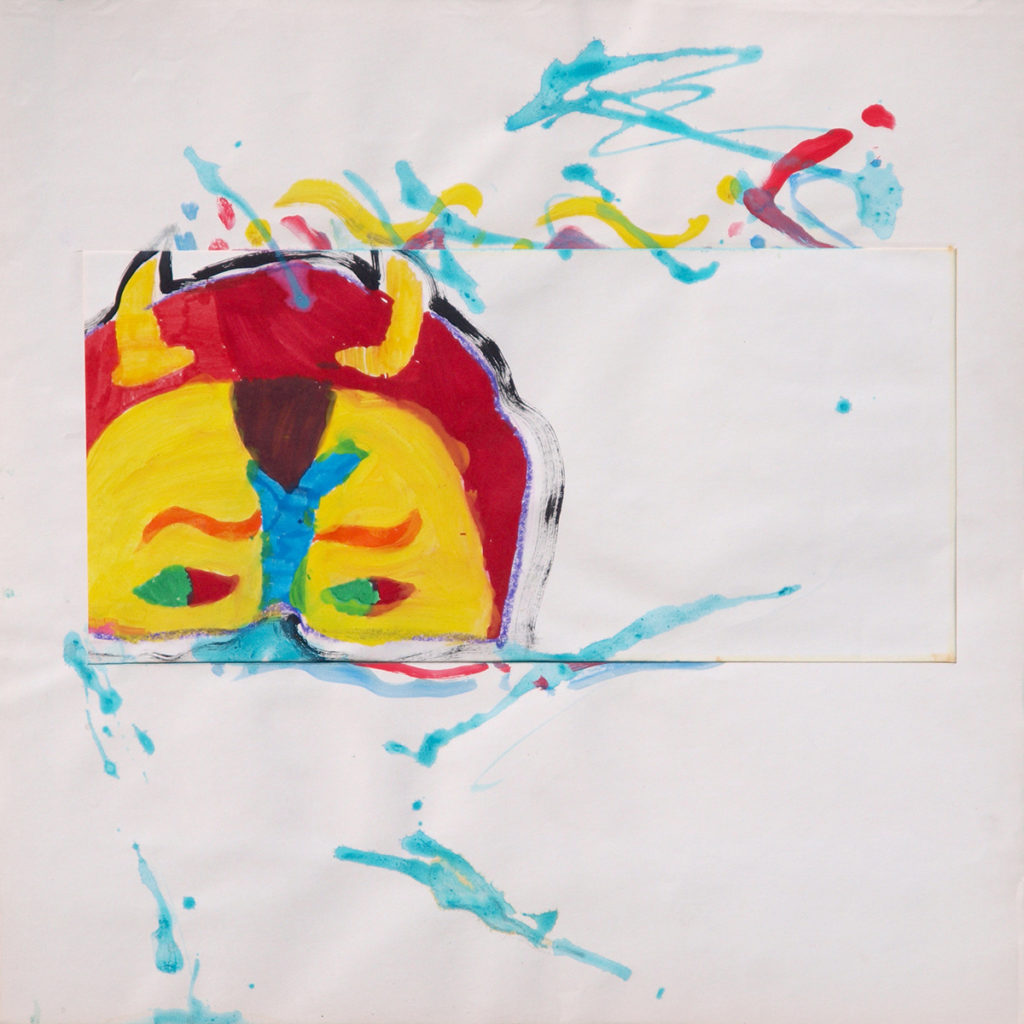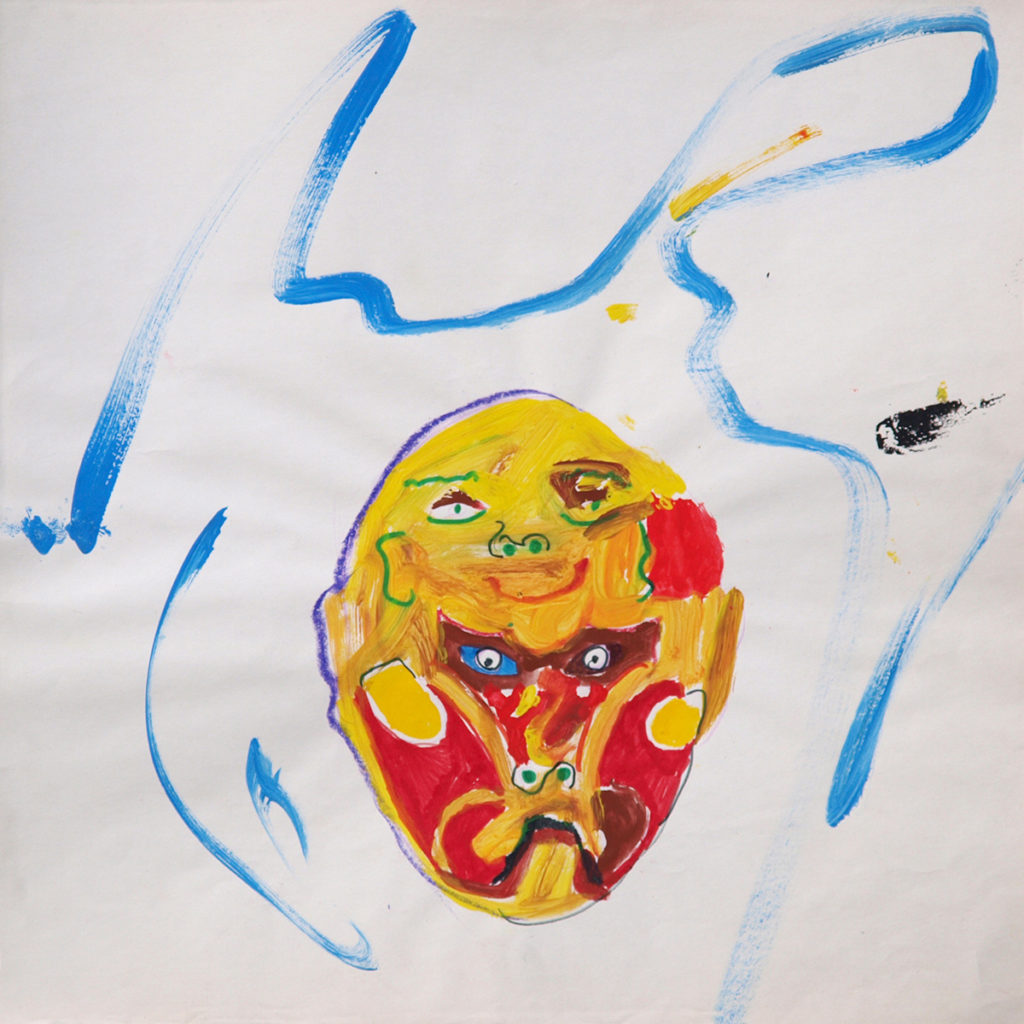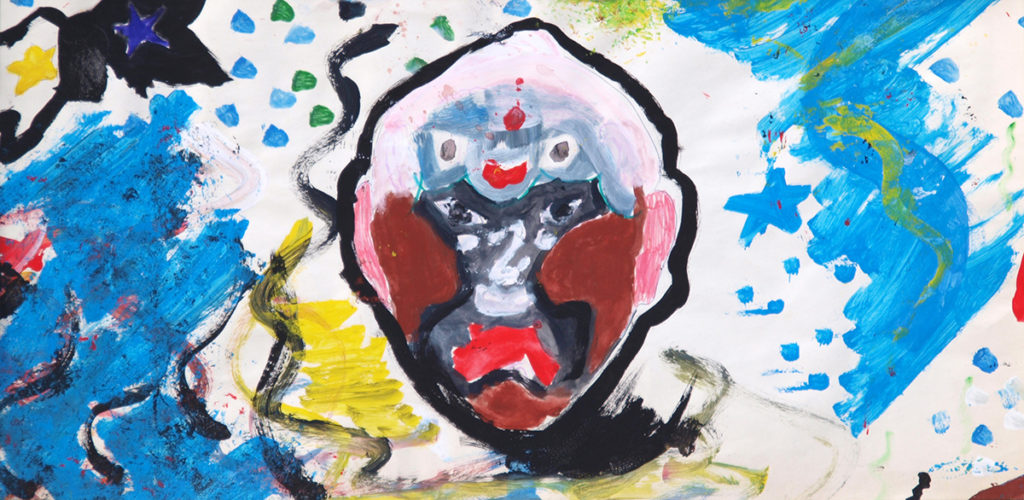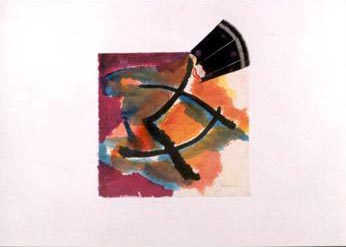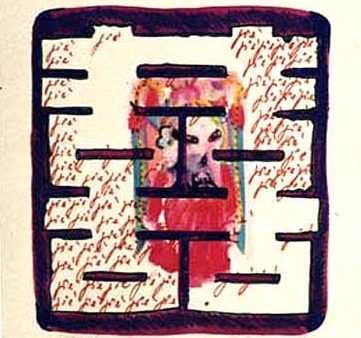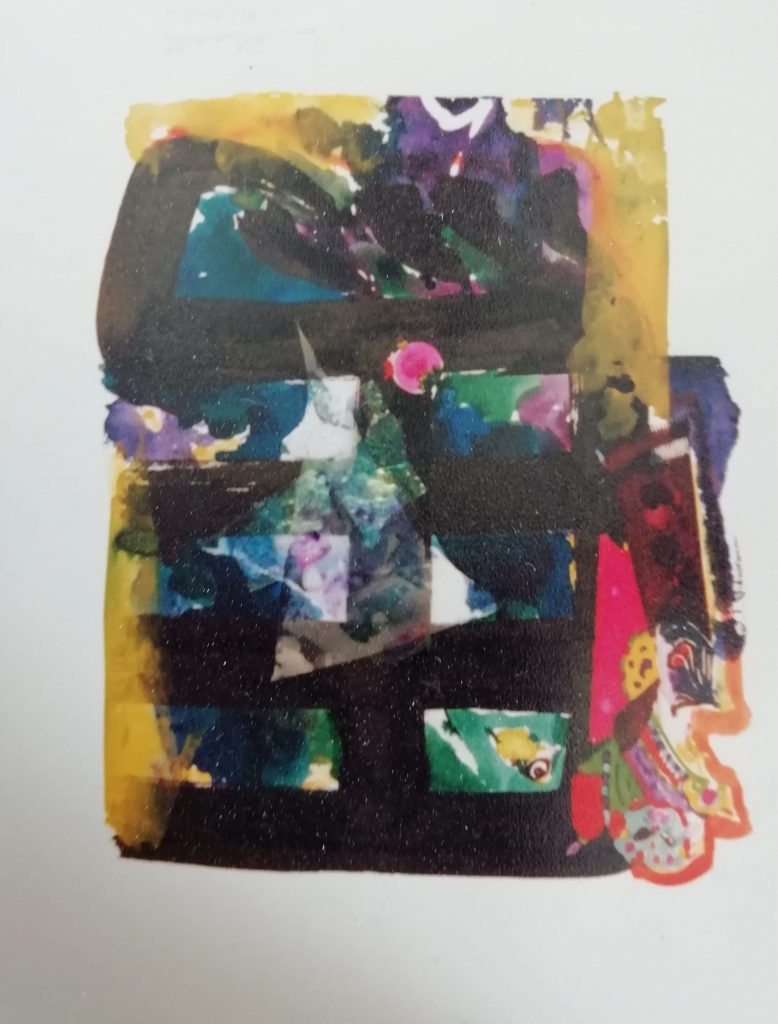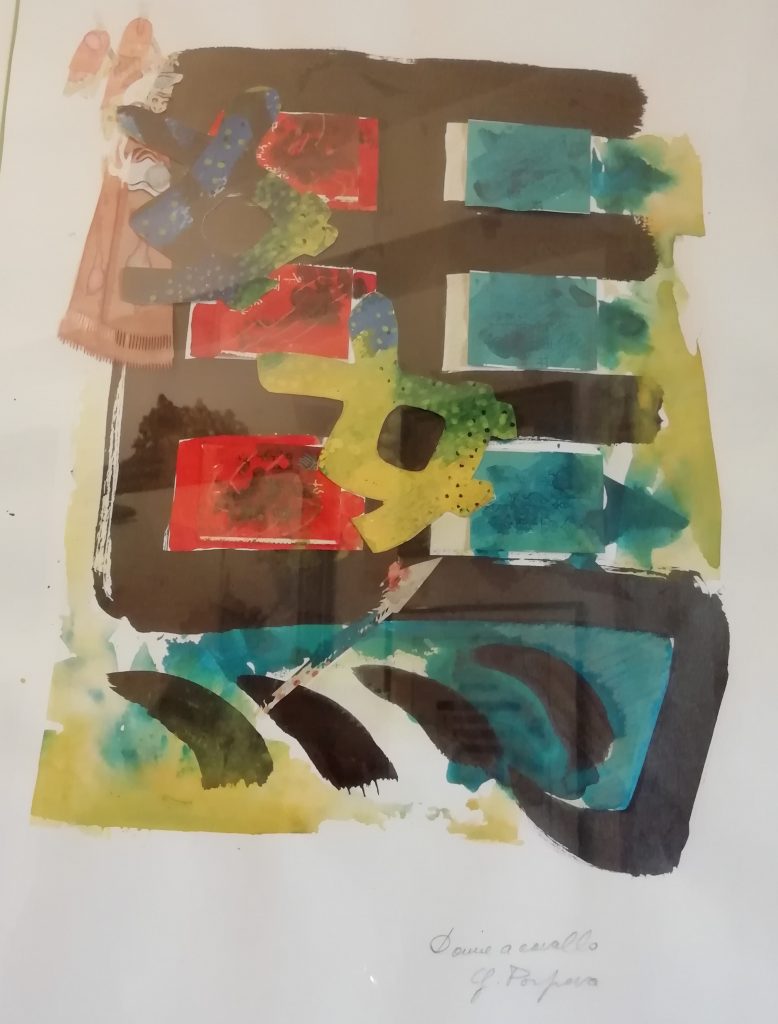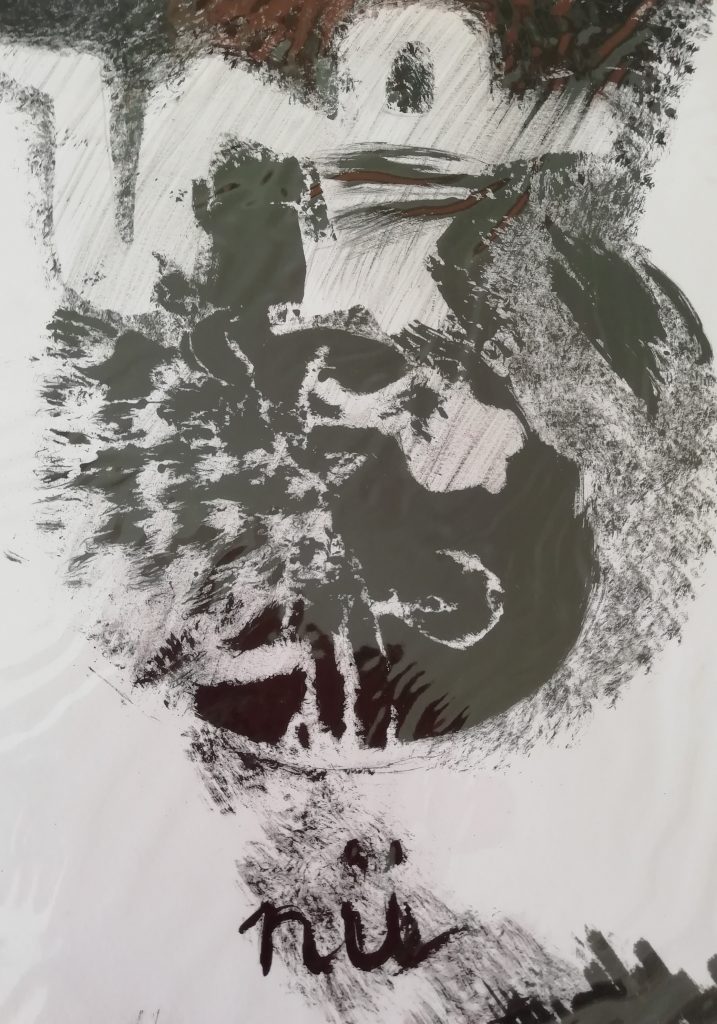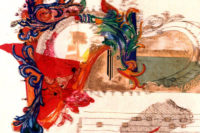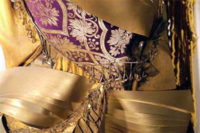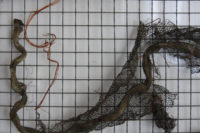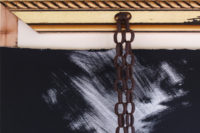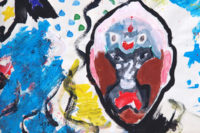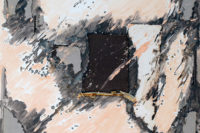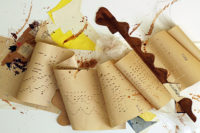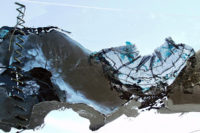Project Description
MASCHERE ED IDEOGRAMMI
Durante la sua lunga permanenza a Pechino, la “Terra di Mezzo”, (oltre l’evidente interesse per gli ideogrammi cinesi), la sua vista è stata catturata dalle tradizionali “Maschere” di Bian Lian nell’Opera Cinese. Questi spettacoli ti fanno immergere in un fantastico mondo colorato e mutevole! Il loro significato profondo è impossibile da capire per un profano, ma intuitivamente, puoi indovinarne alcuni. Gabriella ha scelto alcune di queste maschere, per mostrare la loro complessità e ambiguità.
Girovagando per gli antichi mercati cinesi è stata colpita anche da altri manufatti, i “cappelli imperiali -cuciti a mano-, per Bambini. Questi cappelli erano spesso rappresentati con “doppia faccia” o “doppia” rappresentazione di animali. Questo concetto di “doppio gioco” presente anche negli ideogrammi cinesi, ha sedotto l’artista. Ad esempio la “Doppia felicità”: il suo simbolo è sempre onnipresente in tutti i matrimoni e rappresenta la felicità degli sposi.
È stato sorprendente notare che in un paese tradizionale come la Cina, l’evoluzione dell’ideogramma arcaico per rappresentare la donna è stata modificata nel tempo, per passare da una forma primitiva, molto reverenziale, in cui la donna era avvolta nel suo kimono , ad un ideogramma intermedio che la mostra seduta in ginocchio con le braccia incrociate e alla fine è rappresentata in piedi e in cammino.
English version
Chinese Ideograms and masks
During her long stay in Beijing, the “Middle Earth”, (over the obvious interest for Chinese ideograms), her sight was caught by the traditional Bian Lian’s “Masks” in Chinese Opera. These shows make you dive in a fantastic colored and changeling world ! Their profound meaning is impossible to understand for a profane, but intuitively, you may guess some of them. This artist, has chosen some of these masks, to show their complexity and ambiguity.
Wandering through ancient Chinese markets, the artist has also been impressed by other artifacts, the “imperials headgear” -hand sewn-, for imperial Children. These hats were often represented with “double faces” or “double” representations of animals. This concept of “double–dealing” can also be found in Chinese ideograms, has seduced the artist. For example, the “Double happiness” : its symbol is always omnipresent in all the weddings and represents the happiness of the bride and groom.
It was amazing to note that in a traditional country as the China, the evolution of the archaic ideogram to represent the woman has been changed during the time, to pass by a primitive form, very reverential , in which the woman was enveloped in her kimono, to an intermediate ideogram that show her sitting on her knees with her crossed arms and at the end she is represented standing and walking.

